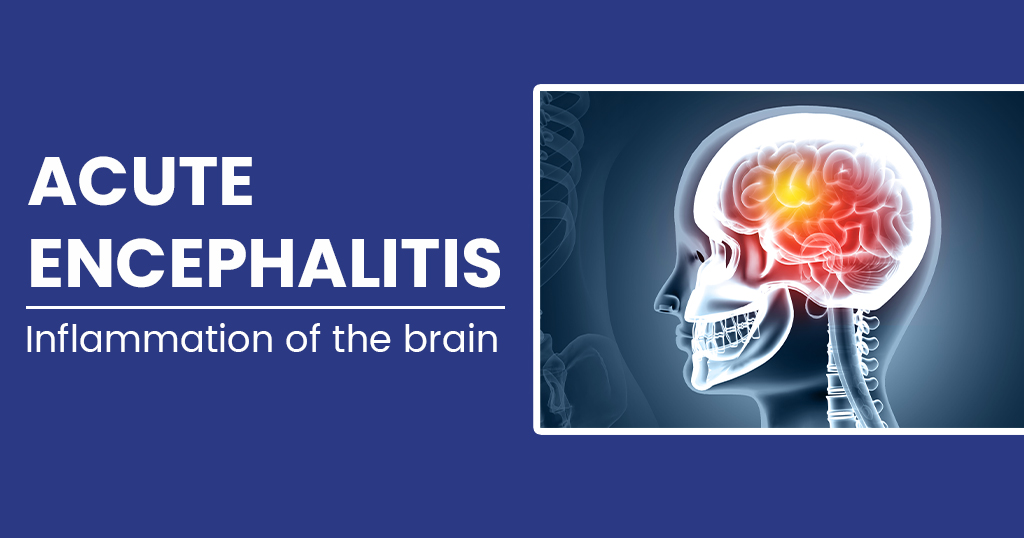“Demystifying Acute Encephalitis Syndrome (AES): Causes, Symptoms, Treatment, and Prevention”

Acute Encephalitis Syndrome (AES) is a critical public health concern that has affected communities worldwide. In this comprehensive guide, we will delve deep into AES, shedding light on its causes, symptoms, diagnosis, treatment, and vital prevention measures. By the end of this article, you’ll have a thorough understanding of AES and how to protect yourself and your loved ones.
Understanding Acute Encephalitis Syndrome (AES)
Acute Encephalitis Syndrome, often abbreviated as AES, is a severe neurological condition characterized by the sudden onset of inflammation in the brain. It primarily affects children and young adults, leading to a range of neurological symptoms that can be life-threatening if not promptly addressed.
Causes of AES
AES can have various underlying causes, including viral infections, bacterial infections, toxins, and environmental factors. The most common cause of AES is viral, with the Japanese encephalitis virus being a significant contributor in many affected regions.
Symptoms of Acute Encephalitis Syndrome
The symptoms of AES can vary widely but often include fever, headache, altered consciousness, seizures, and neurological deficits. Understanding these signs is crucial for early detection and intervention.
Diagnosis and Medical Evaluation
Diagnosing AES involves a thorough medical evaluation, including neurological assessments, blood tests, cerebrospinal fluid analysis, and neuroimaging. These tests help determine the underlying cause and severity of the condition.
Treatment and Management
Effective treatment for AES depends on the underlying cause. Supportive care, including antiviral or antibacterial medications, intravenous fluids, and antiepileptic drugs, may be necessary. In severe cases, patients may require admission to an intensive care unit (ICU).
Preventing Acute Encephalitis Syndrome
Prevention is key in the battle against AES. Vaccination programs, mosquito control measures, improved sanitation, and health education play vital roles in reducing the risk of AES, especially in regions prone to outbreaks.
Global Impact and High-Risk Areas
AES remains a significant global health challenge, affecting regions in Asia, Africa, and other parts of the world. High-risk areas often lack access to proper healthcare infrastructure and face limited resources for prevention and treatment.
AES and Children
Children are particularly vulnerable to AES due to their developing immune systems. Proper vaccination schedules and community education are critical for protecting children from AES-related viruses like Japanese encephalitis.
AES Awareness and Community Initiatives
Raising awareness about AES and promoting community-based initiatives can help reduce the incidence of this devastating syndrome. Local healthcare workers, community leaders, and governments must collaborate to implement effective prevention and intervention strategies.
Acute Encephalitis Syndrome is a complex condition that demands attention from both the medical community and the general public. By understanding its causes, symptoms, and prevention methods, we can collectively work towards minimizing its impact and saving lives. Vigilance, education, and access to healthcare resources are our greatest allies in the fight against AES. Together, we can make a significant difference in the lives of those affected by this challenging neurological disorder.



